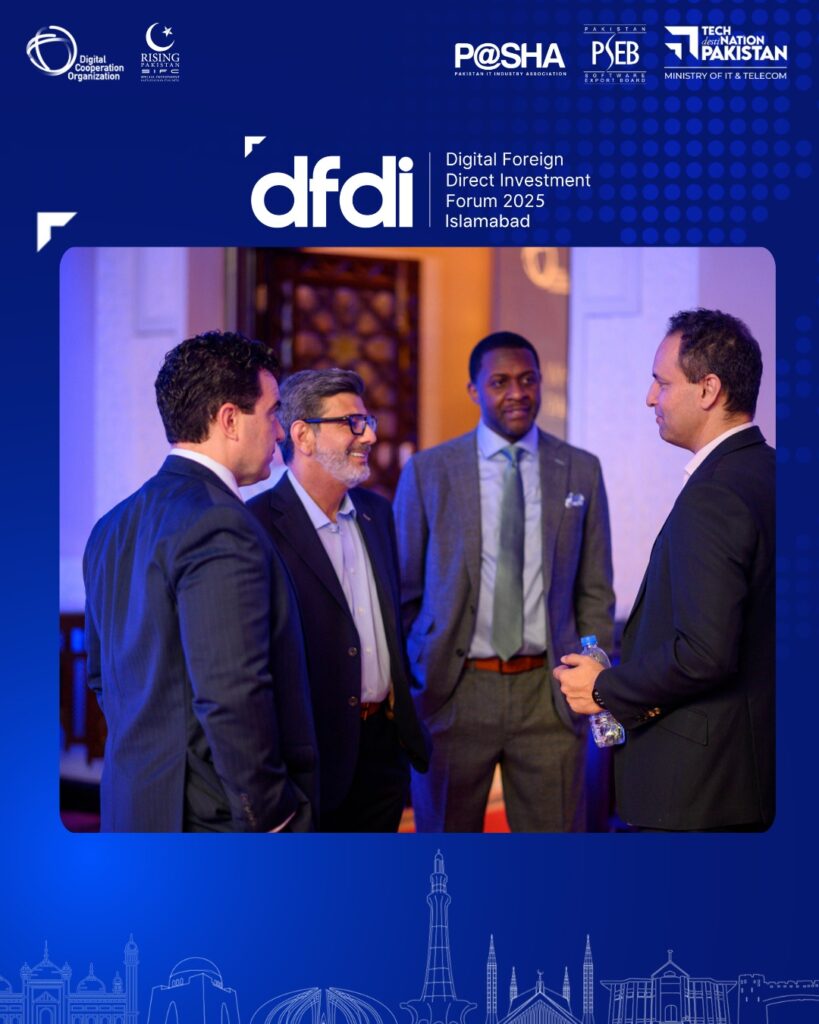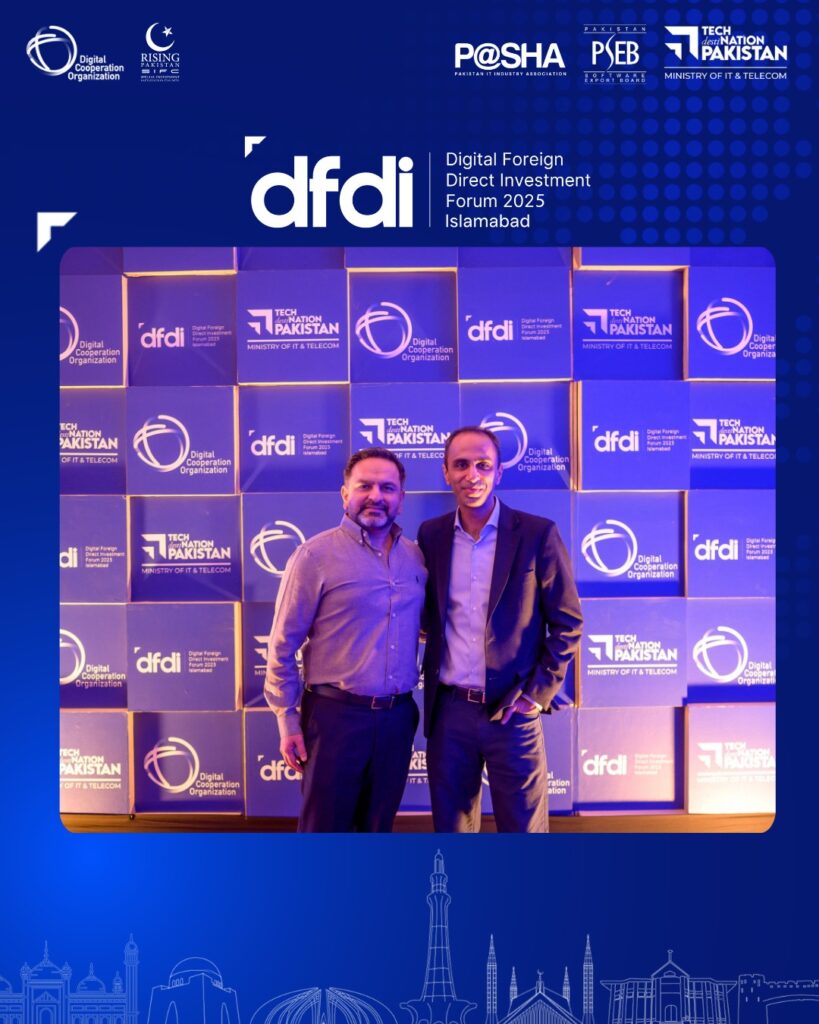Table of Contents
🌍 DFDI 2024–2025 Investments: Building a Better Future Through Purposeful Funding
DFDI 2024–2025 investments mark a critical milestone in the global mission to advance equitable development. With a total projected investment of $15 billion USD spread across 70+ countries, the Development Foundation for Development and Infrastructure (DFDI) is leading the way in funding transformative initiatives that target health, energy, education, transportation, and digital infrastructure.
These strategic investments are designed to address today’s most pressing global challenges—including climate change, inequality, food insecurity, and digital exclusion—through scalable, high-impact infrastructure and social programs.
📊 Overview of DFDI 2024–2025 Investments
In the two-year cycle of 2024–2025, DFDI has committed its investments to six high-priority sectors:
| Sector | Allocated Funding ($B) |
|---|---|
| Renewable Energy | $4.2 |
| Smart Transport | $2.8 |
| Digital Infrastructure | $2.1 |
| Health Systems | $2.0 |
| Water & Sanitation | $1.8 |
| Education & Skills | $2.1 |
This diversified investment portfolio reflects DFDI’s mission to create sustainable, inclusive growth in both urban and rural areas.

🔋 Clean Energy in Focus: DFDI 2024–2025 Investments
Clean energy is at the heart of DFDI 2024–2025 investments, reflecting a bold commitment to sustainable development and climate resilience. As energy demand increases across the Global South, DFDI is investing heavily in renewable infrastructure to deliver affordable, clean, and reliable power to underserved regions.
By 2025, over $4.2 billion will be allocated specifically to green energy projects. These investments aim not only to increase energy access but also to cut carbon emissions, create green jobs, and build climate-adaptive economies.
☀️ Solar-Powered Expansion in Rural Communities
One of the largest components of DFDI 2024–2025 investments in energy is solar electrification in rural, off-grid areas.
Key Solar Initiatives:
- Solar mini-grids in Sub-Saharan Africa (Nigeria, Kenya, Tanzania)
- Community solar farms in South Asia (India, Nepal)
- Solar street lighting in Pacific island nations
These projects enable communities to:
- Run irrigation pumps for farming
- Power clinics and schools
- Charge mobile phones and small devices
- Extend productive hours for local businesses
By the numbers:
- Over 3 million households to gain solar access
- Estimated reduction of 1.2 million tons of CO₂ annually
- Creation of 150,000+ local solar jobs
🌬️ Wind Energy Corridors
DFDI is supporting large-scale wind energy corridors in coastal Latin America and Southeast Asia, regions with high wind resource potential.
Flagship Wind Projects:
- A 500 MW onshore wind farm in Argentina
- Community-owned wind turbines in Vietnam’s Mekong Delta
- Hybrid solar-wind systems in northern Philippines
These projects are designed for grid integration and job creation in manufacturing, maintenance, and operations. DFDI partners with regional utilities to ensure affordable energy tariffs.
💧 Hydro and Micro-Hydro Systems
In mountainous and riverine regions, DFDI 2024–2025 investments focus on micro-hydro systems that power entire villages without major ecological disruption.
Examples Include:
- Run-of-river hydro in Bhutan and Kyrgyzstan
- Micro-hydro-powered health posts in the Congo Basin
- Energy cooperatives in the Andes using small dams
Micro-hydro is especially important for regions vulnerable to climate shocks, as it provides reliable power with minimal carbon footprint.
🔋 Battery Storage & Smart Grid Integration
With intermittent renewable sources, storage is key. DFDI is investing in:
- Lithium-ion battery facilities in partnership with local universities
- Community-based energy storage systems for remote villages
- Smart grid technology that balances peak and off-peak use
Smart infrastructure ensures that energy is not just produced—but distributed and stored intelligently. These systems help stabilize power supply and reduce reliance on diesel backup generators.
🌎 Clean Energy and Equity: Who Benefits?
One of the guiding principles of DFDI 2024–2025 investments is inclusive energy access. Projects are designed to benefit:
- Women-owned businesses
- Schools and educational institutions
- Primary health centers
- Agricultural cooperatives
By providing clean energy to these critical groups, DFDI supports economic empowerment, health improvement, and education outcomes.
🤝 Partnership-Driven Energy Development
DFDI does not work alone. Its energy investments are co-developed with:
- Local governments and utility agencies
- Renewable energy start-ups and cooperatives
- Universities and technical training centers
- International development banks (e.g., ADB, World Bank)
This multi-stakeholder approach ensures that projects are rooted in local context while benefiting from global expertise.
📈 Future-Proofing Clean Energy Through Innovation
DFDI’s investments are also future-focused, backing emerging clean energy technologies that could reshape the power sector over the next decade.
Pilot Projects Include:
- Green hydrogen research labs in North Africa
- Floating solar panels on reservoirs in Asia
- Bio-digesters that convert agricultural waste to energy in Kenya and Laos
These pilots are scaled based on performance metrics and can become full projects by 2026.
🧮 Measuring Impact: Clean Energy KPIs
DFDI tracks each clean energy investment through rigorous Key Performance Indicators (KPIs), including:
| Metric | Target by 2025 |
|---|---|
| Households Electrified | 3 million+ |
| Renewable Capacity Installed | 8.5 GW |
| CO₂ Emissions Avoided | 5.6 million tons |
| Green Jobs Created | 250,000+ |
| Health/Education Sites Powered | 25,000 facilities |
🌐 Clean Energy Tied to Sustainable Development Goals (SDGs)
Every clean energy initiative under DFDI 2024–2025 investments directly contributes to:
- SDG 7: Affordable and Clean Energy
- SDG 13: Climate Action
- SDG 8: Decent Work and Economic Growth
- SDG 3: Good Health and Well-being
- SDG 4: Quality Education
This alignment ensures global accountability and cross-sector benefits.
🚆 Transforming Transport: DFDI 2024–2025 Investments in Mobility
DFDI is revolutionizing mobility systems to create clean, efficient, and inclusive transport networks.
🚉 Noteworthy Projects:
- Electric rail networks in Nigeria and India
- Rural road access in Nepal and Ethiopia
- Green bus fleets in 15 urban cities
- Smart logistics hubs for trade efficiency
These transport-focused investments help reduce emissions, lower travel time, and increase regional trade access.
💻 Digital Inclusion: DFDI 2024–2025 Investments in Tech Infrastructure
To close the digital divide, DFDI has committed $2.1 billion to digital infrastructure during 2024–2025.
🖥️ Highlights Include:
- Satellite broadband in remote Pacific islands
- Community Wi-Fi zones in South America
- National fiber optic grids in East Africa
- e-Governance platforms for transparency
By 2025, over 50 million people will gain first-time access to reliable internet.
🏥 Healthcare Access: DFDI 2024–2025 Investments in Global Health
Investing in healthcare is essential to building resilient communities. DFDI 2024–2025 investments target both rural and urban health gaps.
🏨 Key Areas of Support:
- Modular clinics in remote areas
- Solar-powered vaccine refrigeration
- Training programs for community health workers
- Mental health support platforms
Impact Goal: Improve healthcare for 40 million people across 28 nations.
🚰 Clean Water & Sanitation: DFDI 2024–2025 Commitments
Access to safe water and sanitation is fundamental to public health. DFDI’s investments support large-scale WASH projects.
💧 Deliverables:
- Solar-powered boreholes
- Wastewater treatment plants
- Community water kiosks
- Hygiene education campaigns
These initiatives will serve over 15 million people with clean, reliable water by 2025.
🎓 Education & Skills Development: Empowering Future Generations
Education is a long-term investment in any society. DFDI 2024–2025 investments include both physical and digital education infrastructure.
📚 Flagship Programs:
- Tablet-enabled classrooms in India and West Africa
- Mobile STEM labs for rural girls
- Technical vocational education centers (TVET)
- Teacher training in digital literacy
Goal: Improve educational access for 20 million children and youth by end-2025.
🗺️ Regional Highlights of DFDI 2024–2025 Investments
🌍 Africa
- 20+ energy and transport projects
- Urban smart grids in Nairobi and Lagos
- Agritech irrigation projects in Malawi
🌏 Asia-Pacific
- Fiber optics across Bangladesh
- Coastal resilience projects in Fiji
- Health facility upgrades in Cambodia
🌎 Latin America
- Solar farms in Peru and Honduras
- Slum redevelopment in Brazil
- EdTech partnerships in Colombia
🌍 Middle East & North Africa
- Water reuse plants in Jordan
- Renewable energy training centers in Morocco
- Vocational education for refugee populations
💰 Funding Models Behind DFDI 2024–2025 Investments
DFDI combines blended finance models to mobilize capital from a wide array of sources.
| Funding Source | % Contribution |
|---|---|
| Philanthropic Foundations | 35% |
| Governmental Donors | 25% |
| Private Sector Co-investors | 20% |
| Multilateral Development Banks | 15% |
| Local Contributions | 5% |
This financial diversity ensures long-term success and minimizes risk for stakeholders.
📈 Expected Outcomes by End of 2025
| Metric | Target |
|---|---|
| Total Beneficiaries | 150 million |
| Jobs Created | 3.5 million |
| Women & Youth Directly Trained | 1.2 million |
| Households Electrified | 6 million |
| Children with Digital Access | 20 million |
🤖 Innovation in Action: Technology Across All DFDI 2024–2025 Projects
- AI-optimized resource allocation
- Blockchain-secured funding contracts
- IoT water meters for rural households
- Telemedicine via low-Earth orbit satellites

❓ FAQs – DFDI 2024–2025 Investments
1. What makes DFDI 2024–2025 investments different from previous years?
This cycle focuses more heavily on technology, climate resilience, and local partnerships—expanding both scope and impact.
2. How are DFDI projects monitored?
Each project includes KPIs, digital dashboards, and third-party audits to ensure transparency and performance.
3. Can local NGOs partner with DFDI?
Yes. DFDI actively invites partnerships with NGOs, cooperatives, and CSOs to improve outreach and implementation.
4. How can I support DFDI 2024–2025 investments?
You can donate, co-invest, volunteer, or share knowledge.
5. What’s the long-term vision beyond 2025?
To scale successful pilots globally, increase tech integration, and help developing nations reach their SDGs by 2030.
🧭 Final Thoughts on DFDI 2024–2025 Investments
DFDI 2024–2025 investments are more than just financial transactions—they are intentional, evidence-based commitments to long-term transformation. From clean water and green energy to digital education and economic empowerment, these projects prove that smart, inclusive investment can unlock potential across communities worldwide.
Follow us on Facebook for Quick Response & Quires – Digital Foreign Direct Investment (DFDI)
